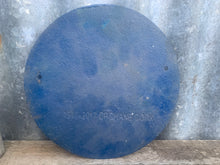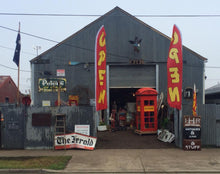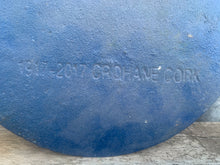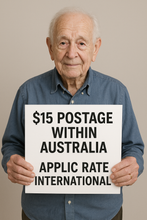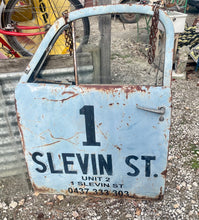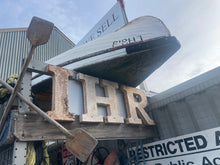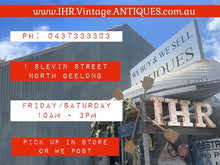
great cast iron sign
aprox 20cm diam
lovely detail too
I usually have lots of ford items so please checkout my other items...
On 31 March 1925, Ford announced that Geelong, was to be the Australian headquarters. The first Australian-built Ford was a Model T that came off an improvised production line in a disused Geelong wool storage warehouse in June 1925, while work started on a factory in the nearby suburb of Norlane. In 1928 the factory switched to the Model A and was followed by the Ford V8 in 1932.[2]
In 1934, the company released a coupe utility based upon the Model A American Ford "Closed Cab Pickup Truck" that had been produced for 6 years from 1928. The local designer was Ford engineer Louis (Lewis) Bandt.[2][3] During the Great Depression, banks would not extend credit to farmers to purchase passenger cars- in the belief they were unnecessary luxuries. However, they would lend money for the purchase of "working" vehicles. The coupe utility fulfilled the need of farmers to have a workhorse which could also be used "to take the wife to church on Sunday and the pigs to the market on Monday".
In 1956, the company bought a large tract of land in the northern Melbourne suburb of Campbellfield, and in July 1961 announced that the new Melbourne factory would become the company headquarters.[2]
Ford Australia was one of Ford's five product development centres globally. It now fully imports cars and trucks for the Asia/Pacific region after the closure of its Australian operations. It was expected to retain about 1300 workers in Australia.[4]








